12 Things to Look for in Your Next Survival or EDC Flashlight
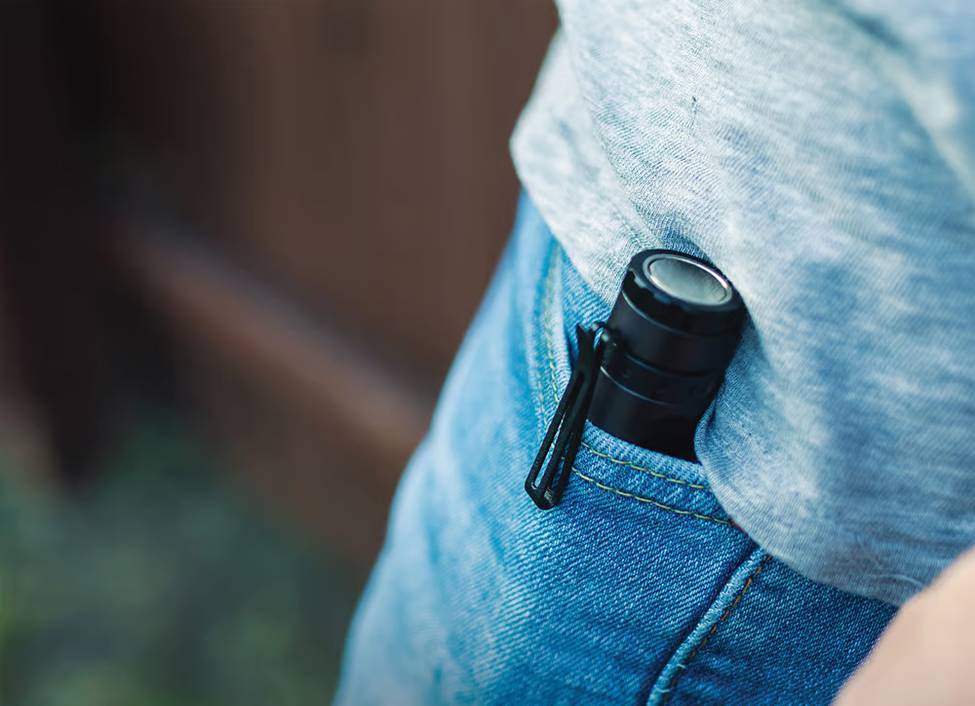

There are as many types of survival and EDC flashlights as there are types of batteries, but not all of them will be suitable for your intended applications. Whether you intend to stash one in a bugout bag or carry an EDC flashlight daily, here are 12 important things to look for that will boost the value (and utility) of your purchase.
Durable Construction
The majority of EDC flashlights are made of one of three materials: steel, aluminum or polymer. Steel is the strongest, but it is also very heavy and can be subject to corrosion. Aluminum and polymer are both lighter in weight and more resistant to corrosion. The choice of material is yours, but all three can be suitable in different circumstances.
Compact, Lightweight Design
While you can get away with a larger, heavier survival flashlight in your bug out bag, a lighter, more compact EDC flashlight is better for daily duty. Lightweight is better too as it’ll be easier to carry with less fatigue.
A Tactical Edge
If you look at the edge of some flashlight lenses, they are often ringed by a steel or aluminum bezel edge. Occasionally the edge is knurled, which serves three functions. One is that it improves heat dissipation, and another is that if you place the light down on the lens while it’s on it’ll be harder to lose. The most important function of a tactical edge, however, is that it can be used as a glass breaker or a striking implement if ever needed.
A Multi-Function Clip
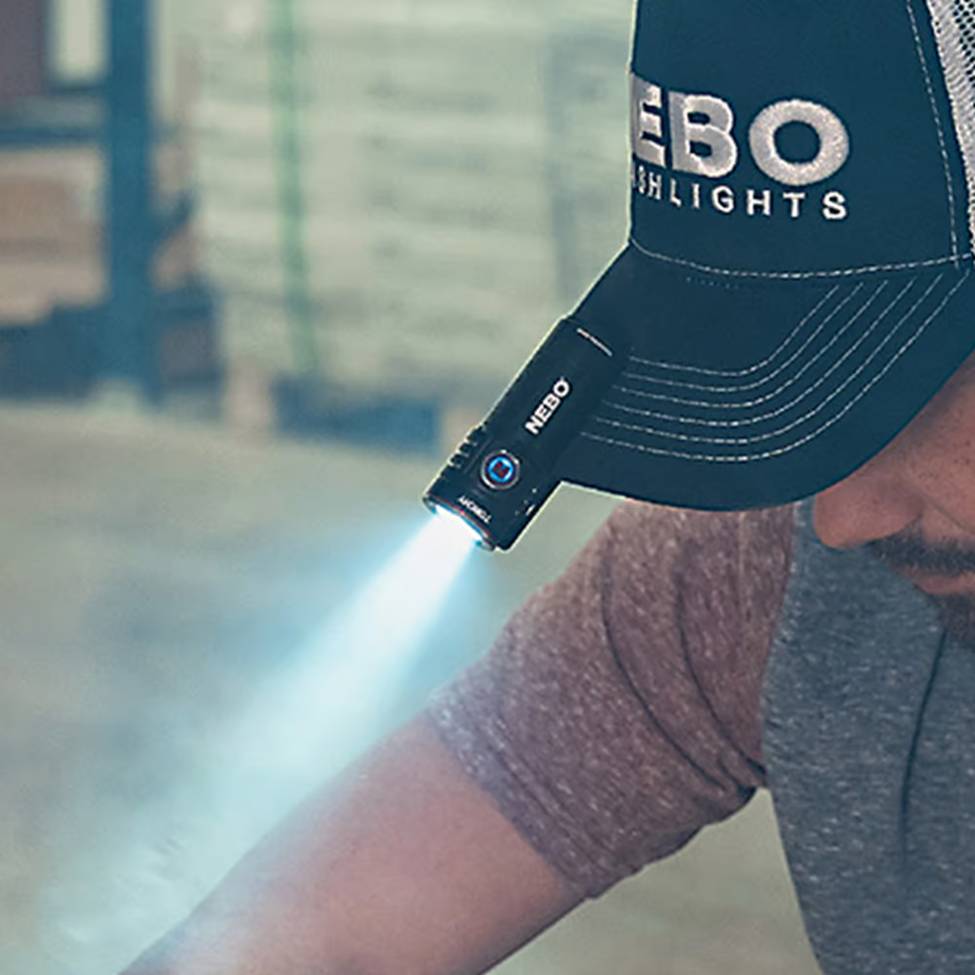

The great thing about a multi-function clip on an EDC flashlight is that, not only does it expand carrying options and make it easier to clip the light onto a pocket or a MOLLE strap, some also can be clipped onto a hat or visor so that the light can be used hands-free as a headlamp.
Appropriate Output Ratings
For most daily EDC needs, anywhere between 300 and 500 lumens of output are acceptable, with some carry flashlights between 1000 and 1300 lumens. The higher the lumen output rating the brighter the raw power of the emitter will be. For a more powerful survival flashlight, a higher output rating might be desirable, anywhere between 2000 and 5000 lumens, which, when paired with appropriate beam-focus settings, can direct the light nearly a mile away.
Multiple Settings
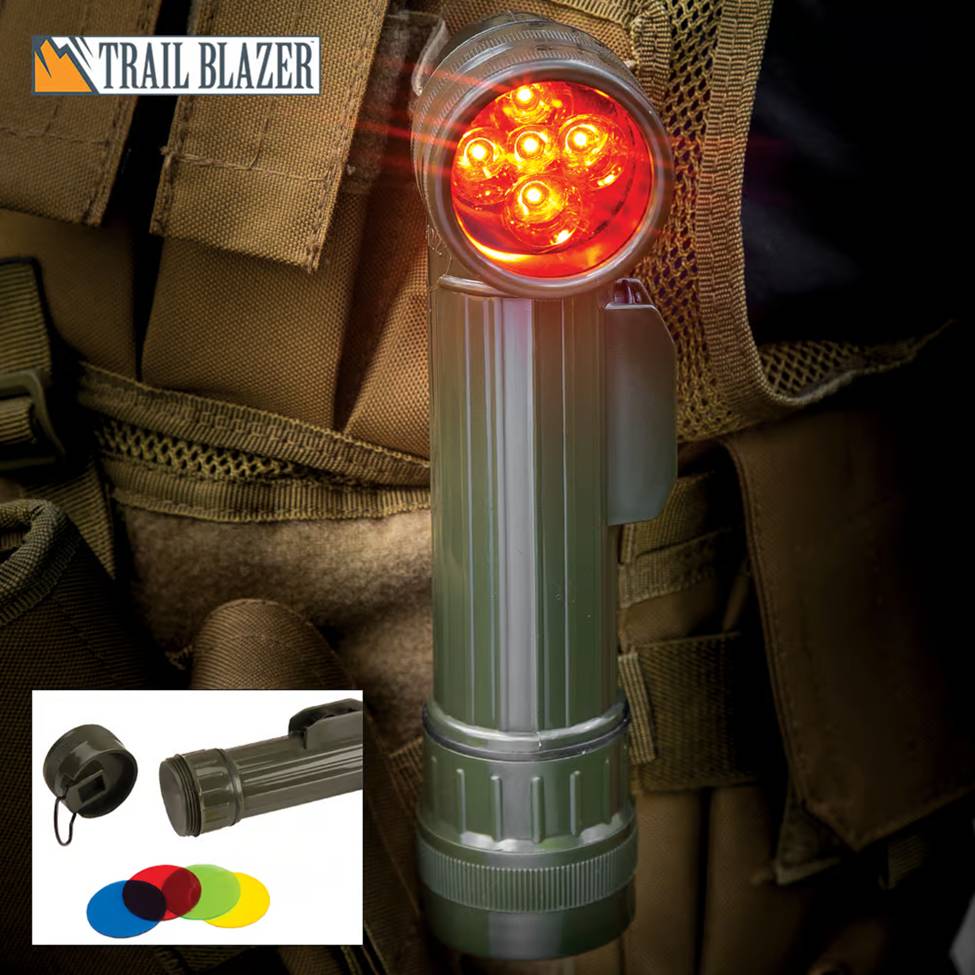

Most quality EDC flashlights don’t just offer on and off functionality but multiple brightness settings that an operator can easily toggle through. Some also feature beacon and strobe settings. Others might offer output in different colors, such as red, which is preferable in some instances as it preserves night vision.
Ergonomic Controls
The majority of EDC flashlights are going to feature either a button on the side of the flashlight housing or on the tailcap. Neither one is necessarily better than the other; just get what works for you.
Negligent Discharge Protection
Some flashlights will offer negligent discharge protection which requires the operator to overcome in order to prevent negligent discharge. While this can make the light a little less intuitive to use, it can also prevent the light from accidentally being switched on and can help save the battery from dying prematurely.
A Magnetic Base
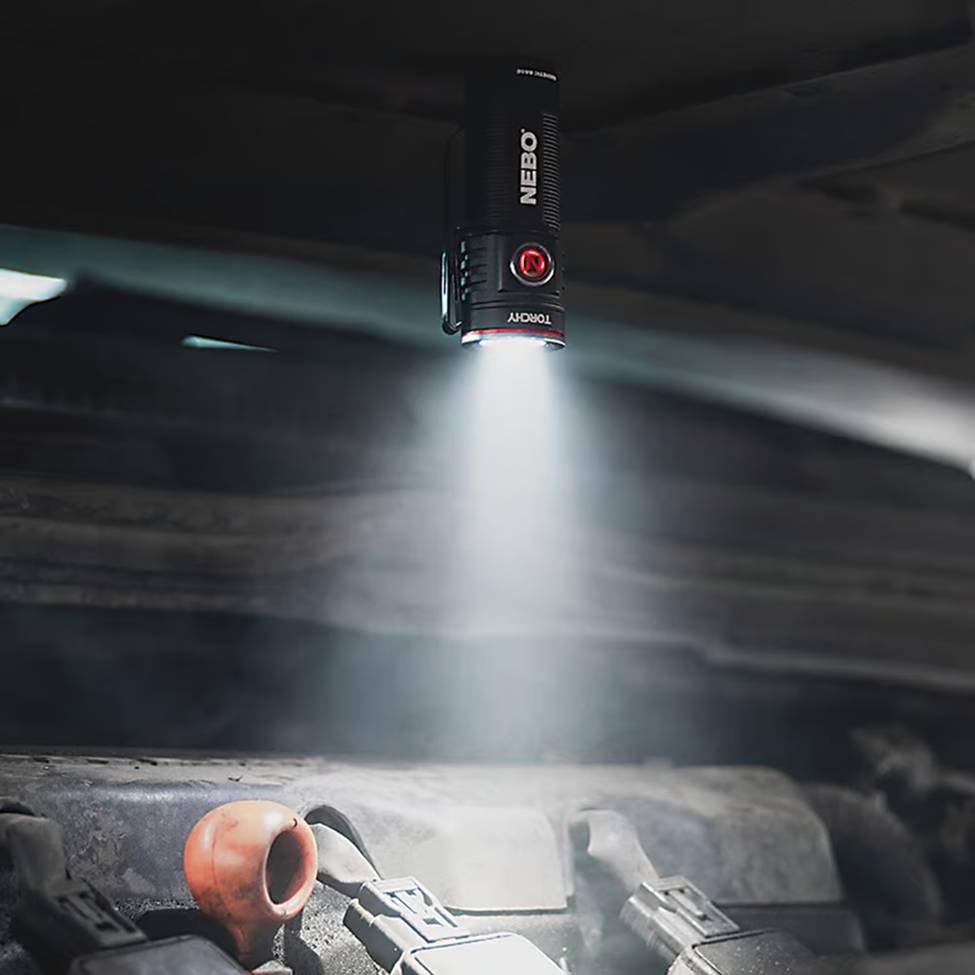

Many EDC flashlights are made with magnetic bases that enable them to be attached to any ferromagnetic surface so they can be used hands-free.
Magnetic Charging Capability
Among EDC flashlights that are rechargeable, magnetic charging capability is often a bonus, because conventional charging ports are subject to damage and when they are damaged, it can be difficult to impossible to charge them, making them unusable. It is however very difficult to damage a magnetic charging port, which makes them valuable despite the fact that a proprietary charging cable must be used.
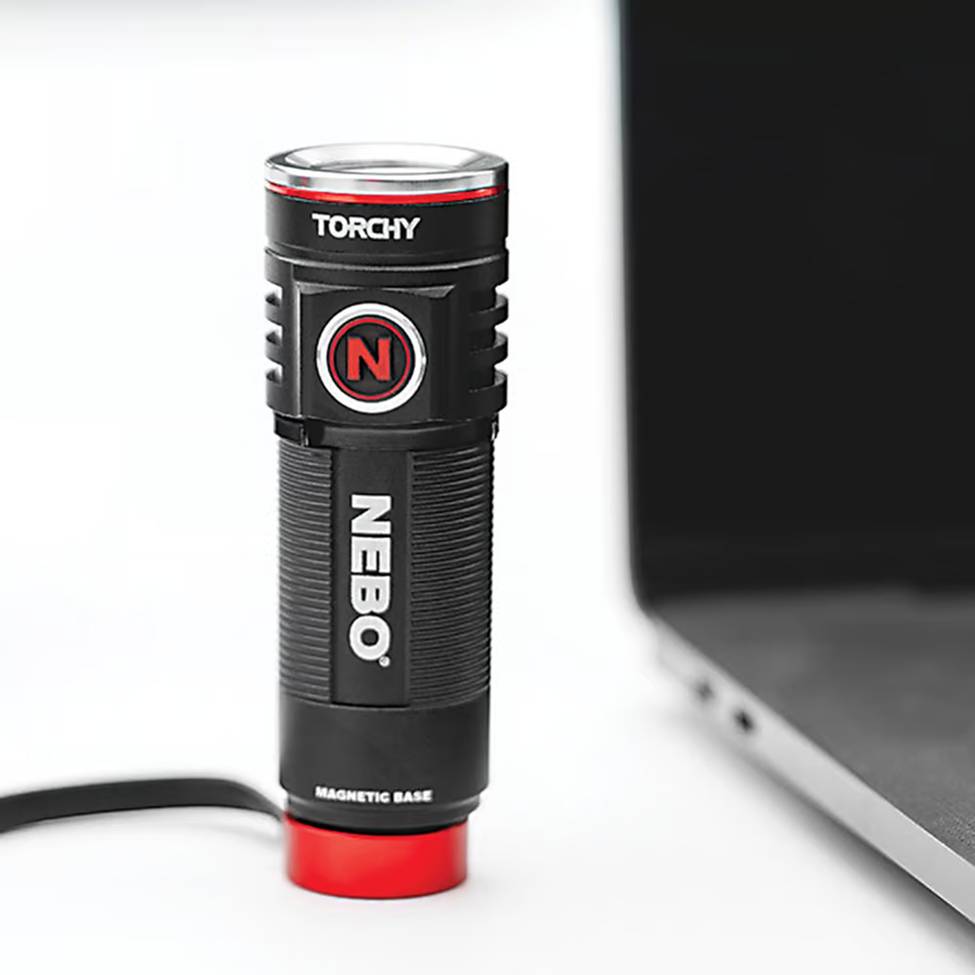

Auto-Dimming or Auto-Off Functionality
Some EDC flashlights feature built-in functionality to dim or entirely shut off the flashlight after a prolonged period of inactivity, which, like negligent discharge protection, helps protect the flashlight’s battery.
Impact, Drop and Ingress Protection
Lastly, it’s important to choose a flashlight that is rated to survive drops and impacts, as well as one that has an appropriate IPXX rating against moisture and particulate ingress. Both dust and water can incapacitate electrical circuits and the higher the IP rating, the better.
Your Next EDC or Survival Flashlight Is Here
Whether you’re here for a survival flashlight or need an EDC flashlight, we have everything you need. Many of the models we carry meet the various criteria outlined here, but what’s important is that you get one that works for your needs. You should never be without a backup light source - shop our full collection of flashlights today and get one that works for your lifestyle and intended applications.